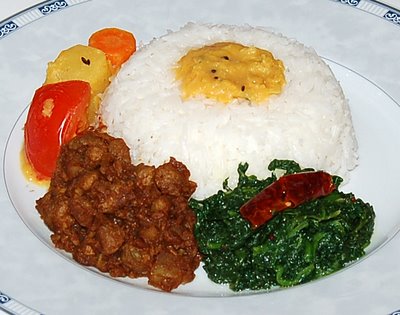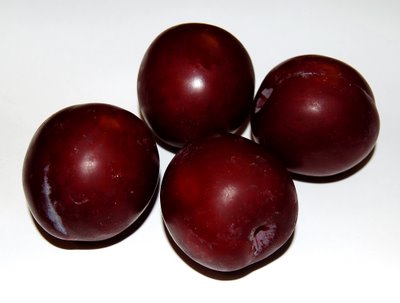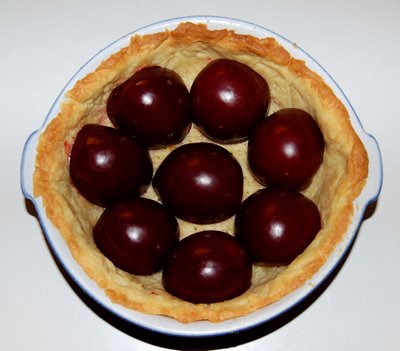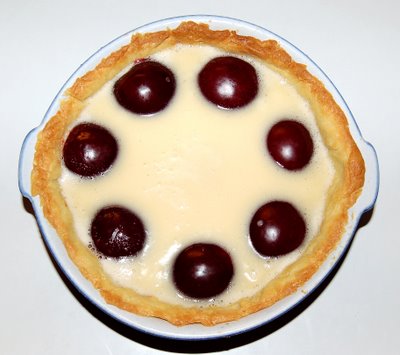Flour is always based on the presence of starches, which are complex carbohydrates. Different types of flour are needed for different products. Wheat flour is the main ingredient in most food throughout the world. Rice flour and tapioca starch are more widely used in South East Asian delicacies. Gram flour used mainly used in Indian cooking.
In line with the theme FLOUR, I made a South East Asian delicacy using three different types of flours as its main ingredients. Different flavours and textures of the different flours give a unique taste and texture. I have added alkaline or lye water to give a bouncy or spring back texture to this kuih.
Kuih Kosui
What do we need:
1/2 cup grated palm sugar or brown sugar
1 cup water
2/3 cup rice flour
1/4 cup plain flour
1/4 cup tapioca starch
1/2 cup coconut milk from 1/4 coconut
1 tsp alkaline or lye water
1 cup grated coconut
1/4 tsp salt
How do we do it:
Cook the water and palm sugar until the sugar dissolve. Strain and set aside to cool.
Add the cooled palm sugar syrup to the flours and alkaline water. Mix thoroughly. Strain the batter.
Pour the batter into a greased mould or greased little moulds. Steam on high for 15 minutes. Let the kuih cool.
Meanwhile, mix the grated coconut and salt together. When the kuih has cooled completely, cut into desired shapes and dredge the kuih into the salted coconut.

Kuih Kosui makes a great breakfast or evening tea snack.















